What is the Bitcoin white paper and what is it all about?
Some say it’s a “must read” for getting into the crypto space, however it can be difficult to decipher if you’re new to the industry.
In this article, we unpack the key points of the white paper and get you ready for your journey into the crypto world.
The Backstory
Released on October 31st 2008, Satoshi Nakamoto’s white paper marks the birth of Bitcoin as we know it today. Authored under the pseudonym Satoshi Nakamoto, the creator’s identity is unknown to this day. Despite this, the Bitcoin white paper (pdf here) is a revolutionary document that marks the beginning of the age of digital currency.
The Problem with Electronic Cash
The white paper begins by addressing the key issues associated with electronic payments. Satoshi suggests these issues stem from relying on a “third-party”. This could be a bank or a service like Paypal, which is usually involved when you want to process a transaction. These systems require great trust from consumers, who give responsibility to this third party.
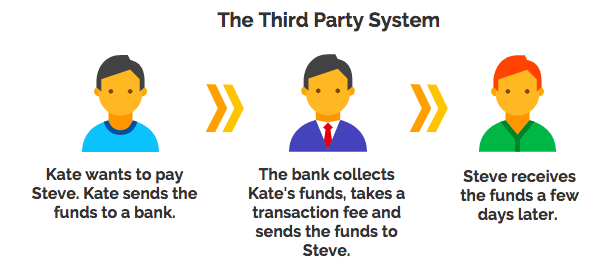
The Proposed Solution
So what’s the alternative?
At its core, Satoshi’s solution is to completely remove the centralised third-party system. Put simply, this would allow the consumer to be their own bank and not have to go through a company to complete a transaction.
The paper proposes a system based on “cryptographic proof”. This lays the foundation for the technology we know as blockchain today.

What does this solution involve?
There are many components involved in Satoshi’s solution. This section will only cover the essential parts.
The Timestamp
The timestamp provides proof of a transaction’s existence by recording the exact time and date that each transaction is processed. Just like a transaction history in your bank account, a timestamp records all necessary information from the transaction.

However, unlike a bank or third party, each transaction is publicly announced for everyone to see. This creates a chronological chain of transactions, which are stored in blocks.
In the process, the blockchain is created.
Hashing
Within the blockchain is a small yet highly significant process known as hashing. This involves taking an input of numbers or letters and processing this into a smaller, fixed and encrypted output called a hash.

Like what an acronym does to a long sequence of words, a hash provides an efficient way to recognise and organise large pieces of data on the blockchain.
The process is comparable to how TinyUrl.com condenses a long URL. This program takes a long URL address and makes it shorter and more manageable.
A hash is absolutely essential to upholding the security of the blockchain. Since each block contains a different hash, it is immediately clear if an individual attempted to change a transaction on a previous block. Others on the network would be alerted to an attempted hash change, which could indicate an attacker in the system.
Merkle trees
A Merkle Tree is commonly used in computer science as a way to conserve disk space. In the blockchain, it condenses the hashes within each block and provides a summary of each block without downloading the entire data set.
Think of it like a blurb on a book cover – providing an overview of what’s inside without having to read the entire book. With an average of 500 transactions within each block, the tree structure preserves the disk space of miners validating transactions.
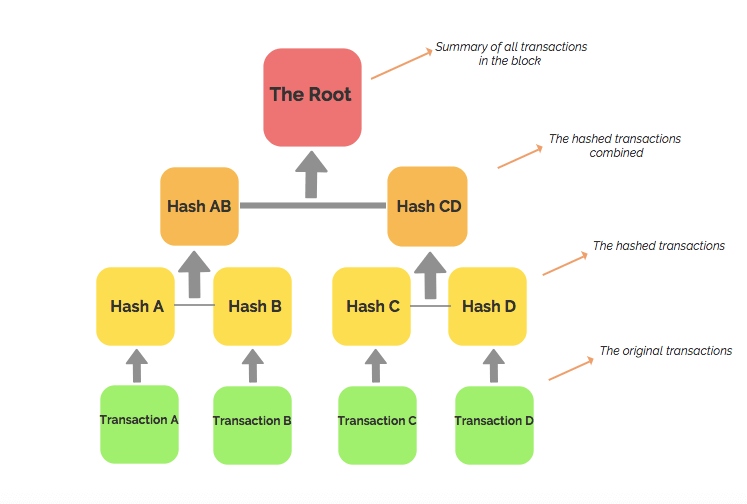
Digital Signatures
Without a bank or third party, the blockchain must verify transactions internally. This is where digital signatures come in.
Digital signatures involve an encrypted code or ‘key’ that is attached to each transaction in the blockchain. This must be verified or signed in order for the chain of transactions to be validated. Each key is unique to each individual and is a way to link each transaction to the sender and receiver.
Think of a public key like your bank account number and BSB. You share these with others. On the other hand, a private key is your bank login details that only you know.
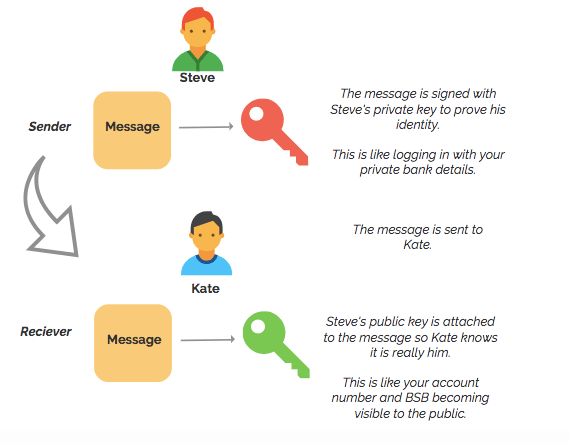
Proof of work (Mining)
As part of the timestamp, the white paper suggests using a proof-of-work system. This involves individuals, called miners, who compete to be the first to verify the transactions on the blockchain.
Imagine this as a reverse lottery, where a winning number is already known but the winning ticket must still be found. Miners are like players within this lottery, attempting to find the missing ticket. The miners must ‘pay’ for these tickets through computational power and electricity costs. If they find the winning ticket first, they are awarded bitcoin as an incentive.
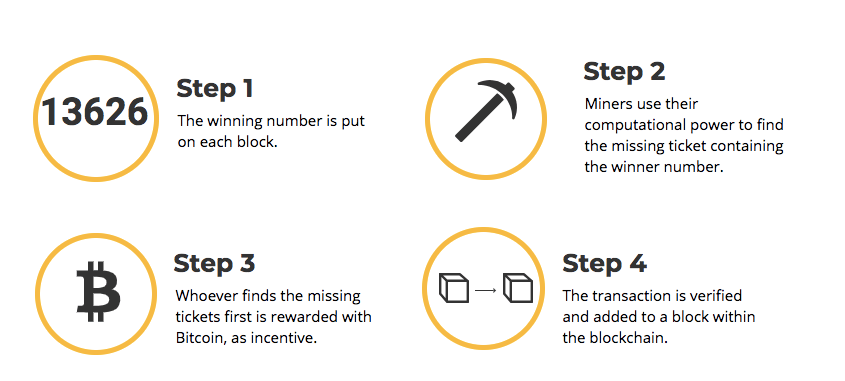
As more miners become part of the blockchain, the more competitive and difficult it becomes to find the missing ticket first. Like during a gold rush, it becomes increasingly difficult the more mining companies join. This is where the blockchain term ‘mining’ comes from.
Mining and Security
The more miners join and verify transaction in the network, the safer it becomes. As several miners verify several transactions at once, it is difficult for an attacker to hack into the blockchain and re-do all the work previously done.
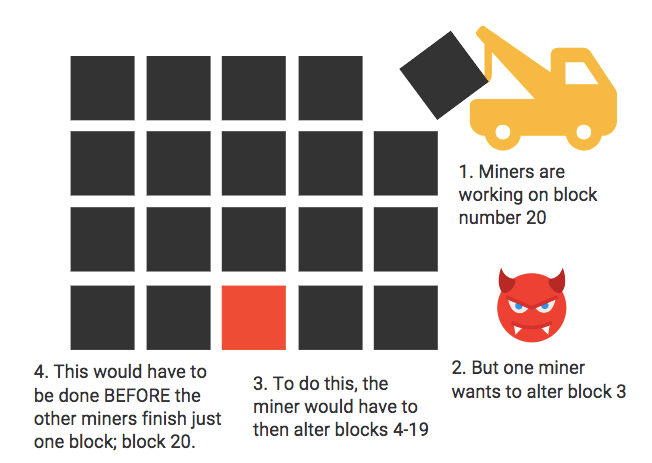
Other Key Pillars of the Blockchain
Incentive
So why would individuals invest so much timbe, money, resources and computational power into sustaining the system Satoshi proposed? The answer is incentivisation; the process of rewarding miners with bitcoin for every transaction that is validated.
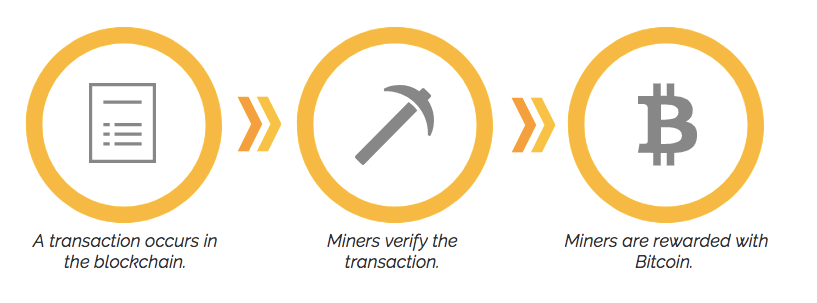
The incentive provides a reason to support the network and allows digital currencies like bitcoin to be distributed. With the first transaction in a block marking the beginning of a “new coin”, the circulation of currency can occur.
Combining and Splitting Value
This process appears more complex than it actually is. Combining and splitting value refers to the process of splitting a group bitcoin into smaller values. This allows all transactions to be processed in the blockchain, no matter how small the value.
Imagine the process of paying for a $20 transaction with two $10 notes. You are combining the value of the two $10 notes in order to reach $20.
On the other hand, you could also pay for a $20 transaction with a $50 note. You would be splitting the value of the $50 note in order to pay for the transaction.

Simplified payment verification
Satoshi introduces the idea of Simplified Payment Verification (SPV) to conserve more disk space. This process allows users to verify transaction on the blockchain without downloading the entire block.
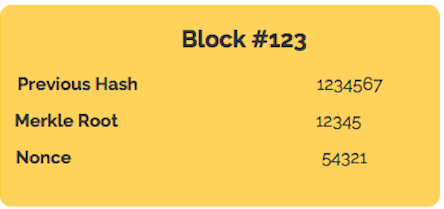
The practical applications of this are for businesses receiving frequent payments. SPV allows businesses to uphold their own security, whilst speeding up the verification process.
What’s Next?
Well done – you’ve reached the end of the guide! You should be well on your way to understanding the world of Bitcoin and the crypto space.
To take the next step, click here to buy bitcoin from Australia’s fastest and simplest Bitcoin exchange.
Buy Bitcoin online
Click below to buy online instantly with one of our convenient payment options.



